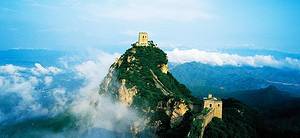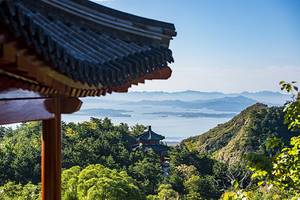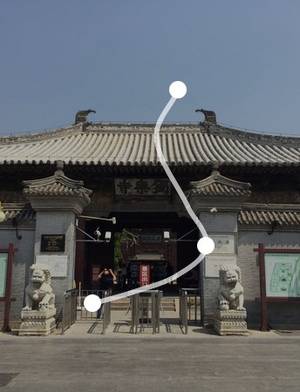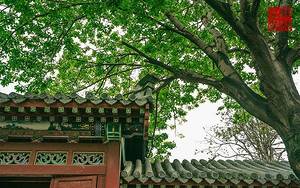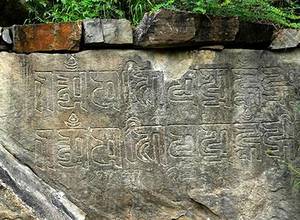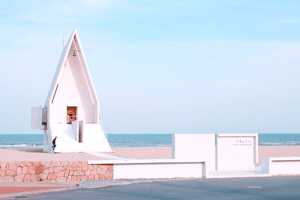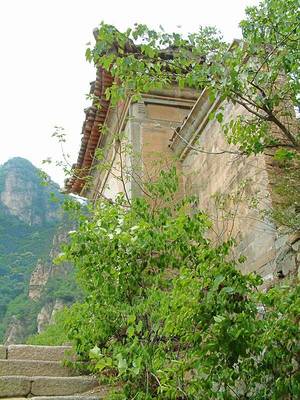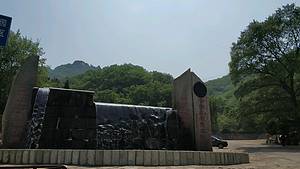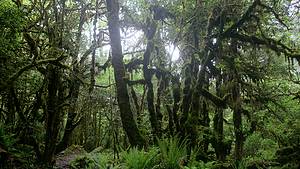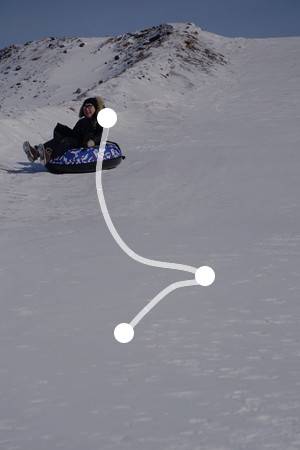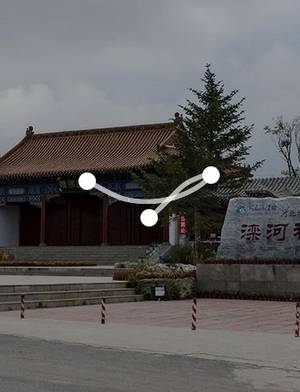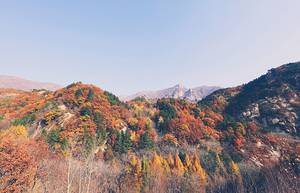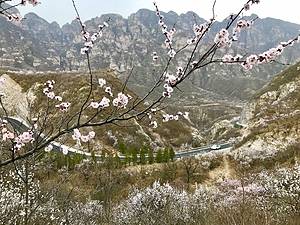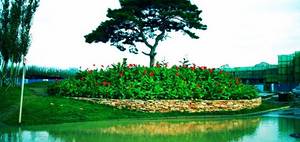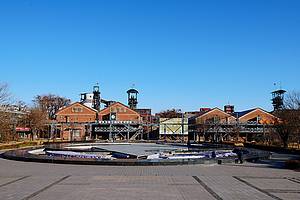Temple of Sumeru Fortune and Longevity, A Harmonious Blend of Tibetan and Han Architectural Grandeur
Huancheng North Road, Shuangqiao District, Chengde City, Hebei Province (south slope of Shizi Gou, north of Chengde Mountain Resort)
 The Central is a large double-eaved hall
The Central is a large double-eaved hallIntroduction
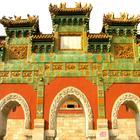
Address
Huancheng North Road, Shuangqiao District, Chengde City, Hebei Province (south slope of Shizi Gou, north of Chengde Mountain Resort)
Opening hours
Opening hours: 08:30-17:00 (all day)
Last admission time: 16:10 (Monday to Sunday, from October 10th to March 9th of the following year) Note: On International Nurses Day (May 12th) and Chinese Physician's Day (August 19th) each year, the scenic spot is free for medical staff across the country. Medical staff can enjoy free admission with their doctor or nurse practicing certificate, award certificate, or professional title certificate.
Last admission time: 16:10 (Monday to Sunday, from October 10th to March 9th of the following year) Note: On International Nurses Day (May 12th) and Chinese Physician's Day (August 19th) each year, the scenic spot is free for medical staff across the country. Medical staff can enjoy free admission with their doctor or nurse practicing certificate, award certificate, or professional title certificate.
Transportation
Take bus route 6 or 12 and get off at Zhongzi Company stop. Then walk about 400 meters to reach Huan Cheng Bei Road. Walk west for another 500 meters to arrive.
Phone 0314-2162972
